Few countries in the developed world are without fighter jets. Combat aircraft fast enough to intercept an aerial threat are considered the backbone of a capable air defense, and most nations maintain at least one squadron of modern jets. Others have taken a different route.
Ireland’s air force, An tAerchór – the Irish Air Corps – doesn’t have a single fighter jet in its fleet. Ireland is not alone in its fighter-less defense: New Zealand, Iceland and several other nations do not field any fighters. But has Ireland ever had fighter jets before?
With Ireland potentially on the cusp of a historic fighter jet order for the first time in half a century, we examine the history of the Irish Air Corps, its fleet, and its future.
Does Ireland have an air force?
Ireland has had an air force since 1922, when the National Army Air Service was established. It was gradually equipped with aircraft from the UK’s Royal Air Force (RAF), and by the end of the first year, it had 10 aircraft in total – six Bristol F2B fighters and four Martinsyde F.4 Fighters.

Following a reorganization of the National Army at the end of the Civil War, the branch was renamed the Irish Army Air Corps. It remained part of the Army until the 1990s.
During ‘The Emergency’ (Ireland’s policy of neutrality during World War Two), the Irish Army Air Corps fielded 11 Hawker Hurricane Mk I fighters, and in 1945, six Hurricane Mk II were delivered from surplus RAF stocks. The Hurricane was Ireland’s first modern fighter, capable of reaching over 300 knots and flying to 36,000 feet (11,000 meters). At the peak, 20 flew for the Irish Air Corps.

The Jet Age arrived in 1956 when Ireland received three de Havilland Vampire T.55 aircraft, with three more arriving in 1960. In 1975, the Vampires were replaced with six former Armée de l’Air (French Air Force) Fouga CM-170-2 Super Magisters.
The Magisters were used for training by the Light Strike Squadron and for aerobatics with their display team, the Silver Swallows. But by the turn of the millennium, these fighter jets would be gone.
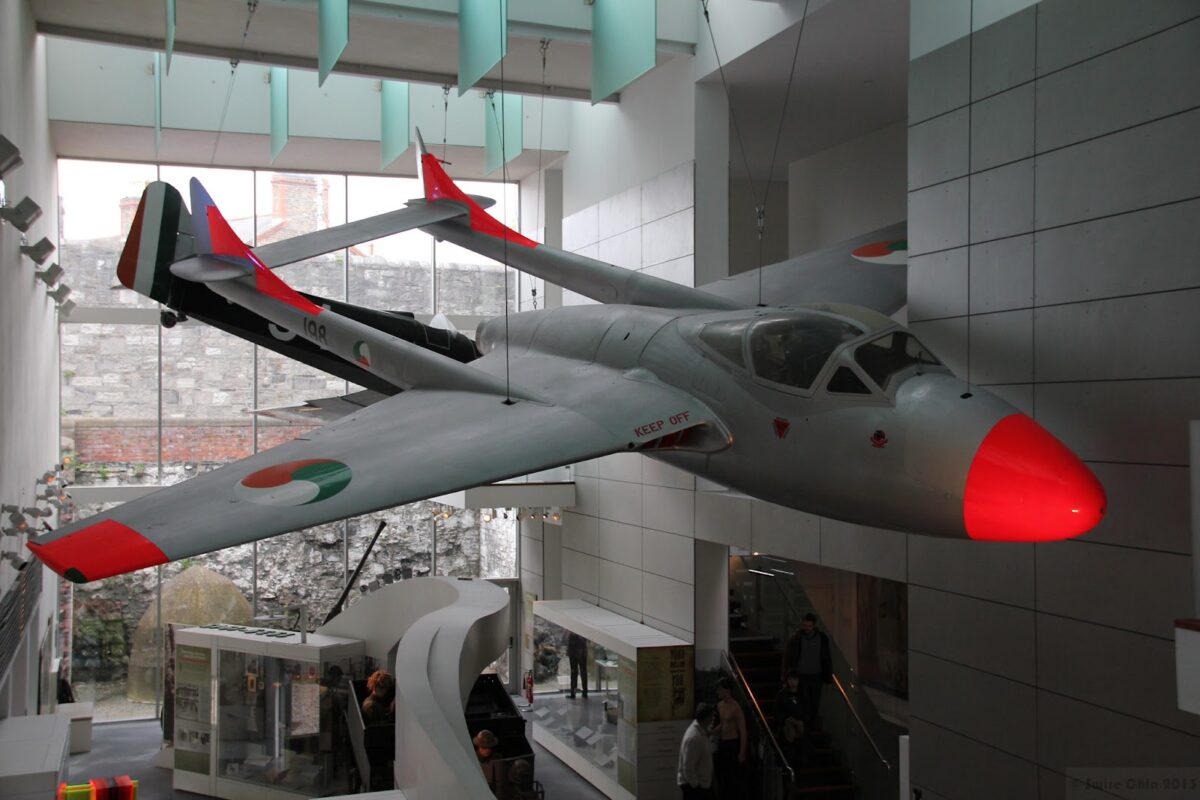
Alongside these fighter jets, Ireland acquired various helicopters, light aircraft, transport, and multirole planes. The Air Corps got its first business jet in 1973 – a BAe 125 – and even flew a fleet of eight Cessna 172s for reconnaissance, communications and patrolling.
In 1998, just two Magisters remained in service, and in early 1999, these final two were withdrawn, leaving the Air Corps without a single combat jet.
Does the RAF protect Ireland?
Ireland maintains a policy of military neutrality. While it is a member of the NATO Partnership for Peace (PfP) program and signed up to NATO’s Euro-Atlantic Partnership Council (EAPC), Ireland has not sought to become a full member of NATO.
Yet, with no fighter jets to protect its airspace, in this respect Ireland is reliant on a NATO member and next-door neighbor, the United Kingdom. Not only does it not have the fighters to intercept threats, but it hasn’t got a primary radar system capable of detecting intruders.
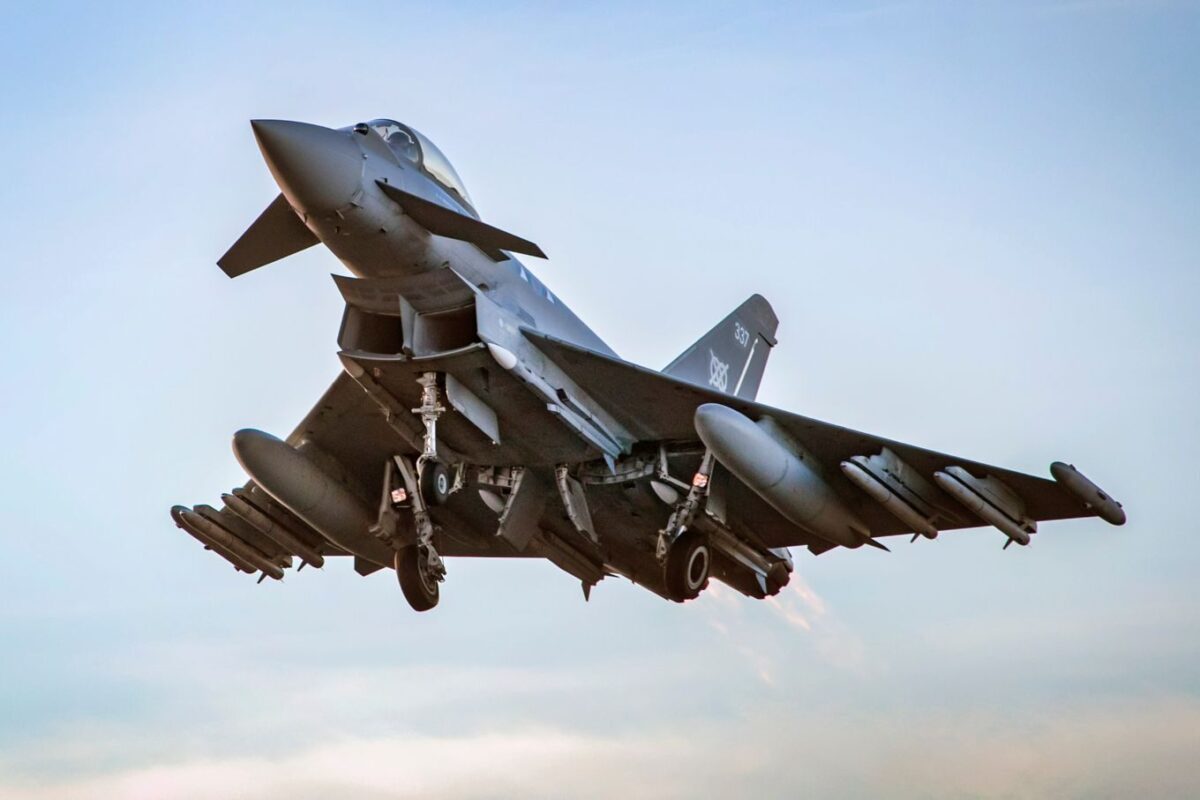
The agreement with the RAF was something of an open secret, with an official policy of ‘no comment’ from generations of taoisigh (prime ministers). However, it moved into the public sphere in 2023, when Sinn Féin, the main opposition party in Ireland, demanded more transparency on the nature of the agreement.
The alleged agreement allows RAF Typhoons to fly into the Irish Flight Information Region (FIR) to intercept aerial threats. Irish Senator Gerard Craughwell has been campaigning for three years for the government to reveal full details of the agreement, taking the issue as far as the High Court.
Ireland argues that if an air defence arrangement does exist, it does not meet the definition of an ‘international agreement’ and therefore is not subject to Dáil (assembly) scrutiny. The matter is still under discussion in court.
In recent years, there have been numerous occasions when Russian nuclear-capable bomber aircraft had entered or been on the edge of Irish airspace. During these times, Ireland has relied on RAF squadrons from Scotland to intercept and escort the intruder aircraft away.
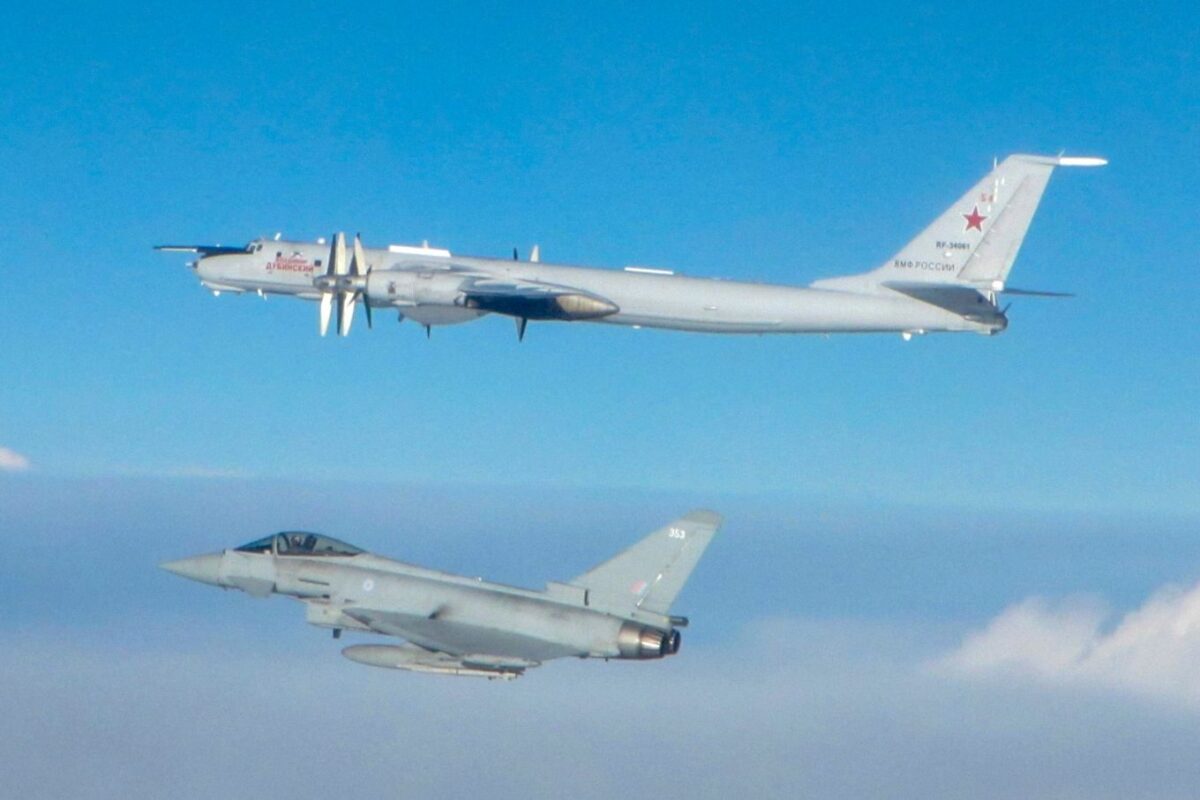
What aircraft are used in the Irish Air Corps?
According to data from the Irish Defence Forces, the Air Corps fleet is currently as follows:
| Type | Role | Entered service | Number in fleet |
| Pilatus PC-9M | Training | 2004 | 7 |
| Agustawestland AW139 | Helicopter | 2006 | 6 |
| Eurocopter EC135 | Helicopter | 2005 | 4 |
| CASA CN235 | Maritime Patrol | 1994 | 2 |
| Pilatus PC-12 | Reconnaissance | 2020 | 3 |
| Pilatus PC-12 | Transport | 2020 | 1 |
| Learjet 45 | Transport | 2004 | 1 |
| Britten Norman Defender | Air Support | 1997 | 1 |
The Irish Air Corps took delivery of their PC-9M trainers in 2004, replacing the Magisters. The PC-9s were the first Air Corps planes to have ejection seats since the Vampires, and are equipped with two machine guns and pods capable of firing up to 14 folding-fin aerial rockets.

Despite being a capable aircraft, the PC-9M does come with its limitations. It doesn’t have any radar or advanced avionics and is only considered a secondary light attack aircraft, primarily a trainer. Its limited speed, range, and endurance make it particularly unsuitable as a defender, given Ireland’s position and vast Exclusive Economic Zone (EEZ) in the North Atlantic.
Three years ago, Ireland’s Commission on the Defence Forces (CoDF) released a report evaluating Ireland’s defenses. It recommended various actions, including the procurement of a primary radar system and the addition of a new fixed wing aircraft.
The government responded positively, confirming: “The Government has approved a decision to move to Level of Ambition 2 (LOA2) over a six year period to 2028. This will result in the Defence budget rising to €1.5 billion, in 2022 prices, by 2028, the largest increase in Defence funding in the history of the State.”
Even before the CoDF report in 2022, Ireland was contemplating its lack of fighter jets. In 2020, it revealed details of a five-year investment program, the Equipment Development Plan, which would include the acquisition of an air combat interceptor, as well as a primary radar system.
Ireland committed to procuring the radar in 2022, and has made some progress since then. A requirement phase, completed in 2024, sets out the procurement strategy and system specifics. The new air defense measures, which also include an anti-aircraft missile system, are expected to be fully operational by 2028.
In early March 2025, Ireland’s Tánaiste (deputy prime minister) and Minister for Defence Simon Harris requested costings for at least eight fighter jets, but noted that a fleet size of 12 to 14 would be preferable.
And it’s not just fighter jets in which the Air Corps plans to invest. In December 2024, the Irish government announced that it had placed an order with Dassault Aviation for a brand-new Falcon 6X private jet to replace the Learjet used for VIP transport. The Falcon is expected to arrive in December 2025.
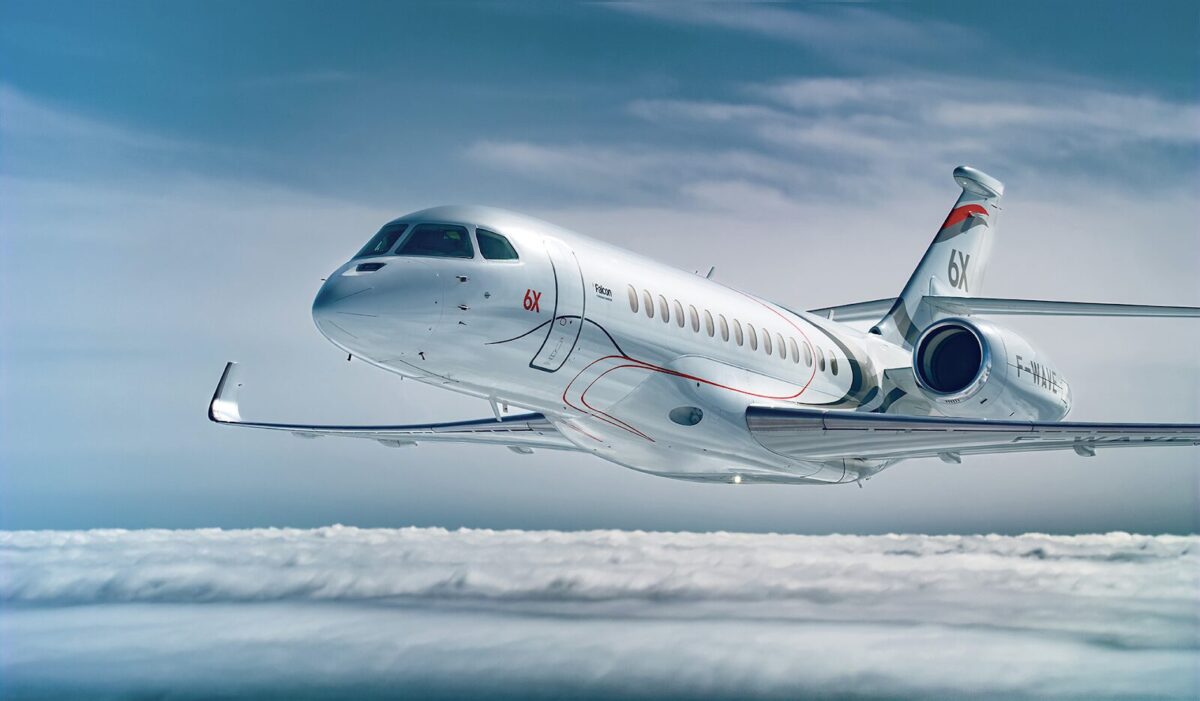
In addition to this, four Airbus H145M helicopters were ordered in December 2024 for €91.7 million ($96.7m). The helicopters are to be used for pilot training, for defence operations, and for the Garda Air Support Unit.
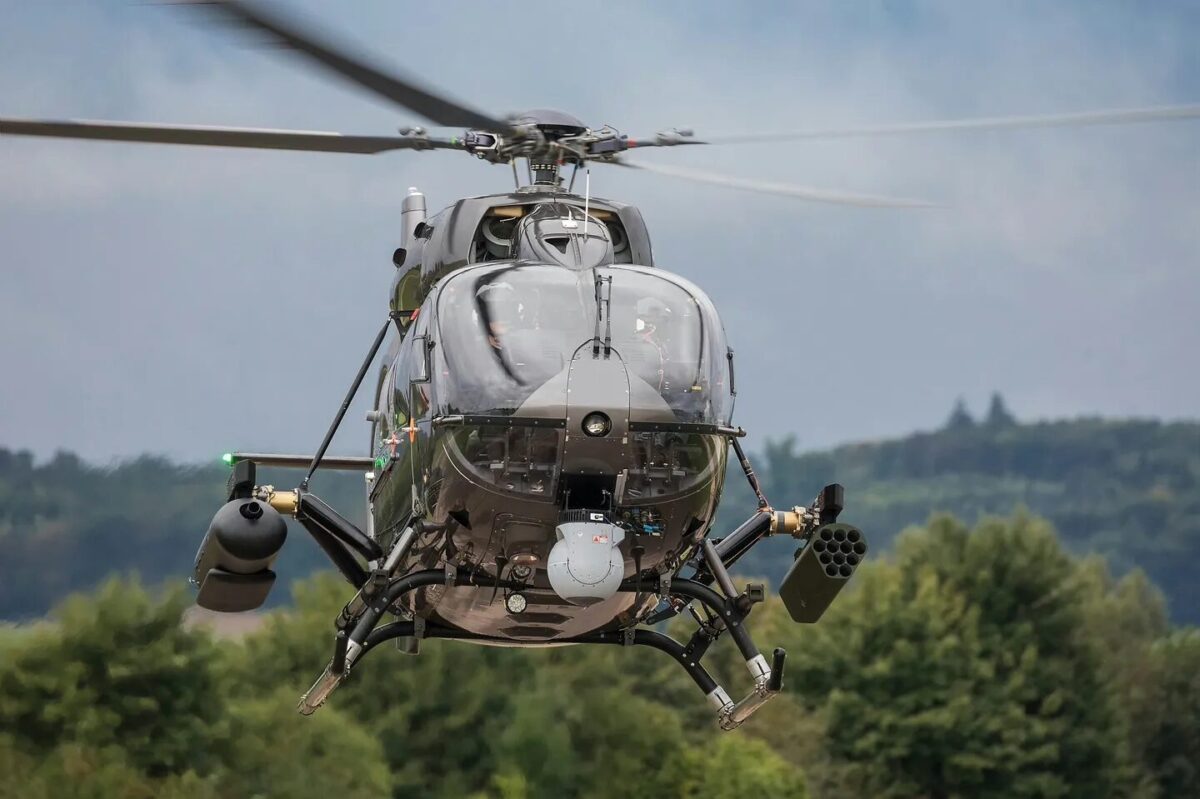
What’s the best fighter jet for Ireland?
Ireland’s decision to invest in air defense will not be an easy transition. While the country is committed to increasing its defence spending, moving to jet fighters costs more than just the price of planes alone. There’s equipment, maintenance, training, personnel… It will be a very expensive project.
As one senior officer told the Irish Times, “for every pilot in a plane you probably need at least 40 highly trained people on the ground in support […] One shouldn’t underestimate the scale of the task.”
On the upside, it’s unlikely Ireland will be eyeing the very best fighter jets like the F-35 or Typhoon. The Air Corps aren’t planning to fly into combat zones, but need something affordable and capable to police, patrol and intercept in its airspace. Looking at second-hand aircraft could also be an option.
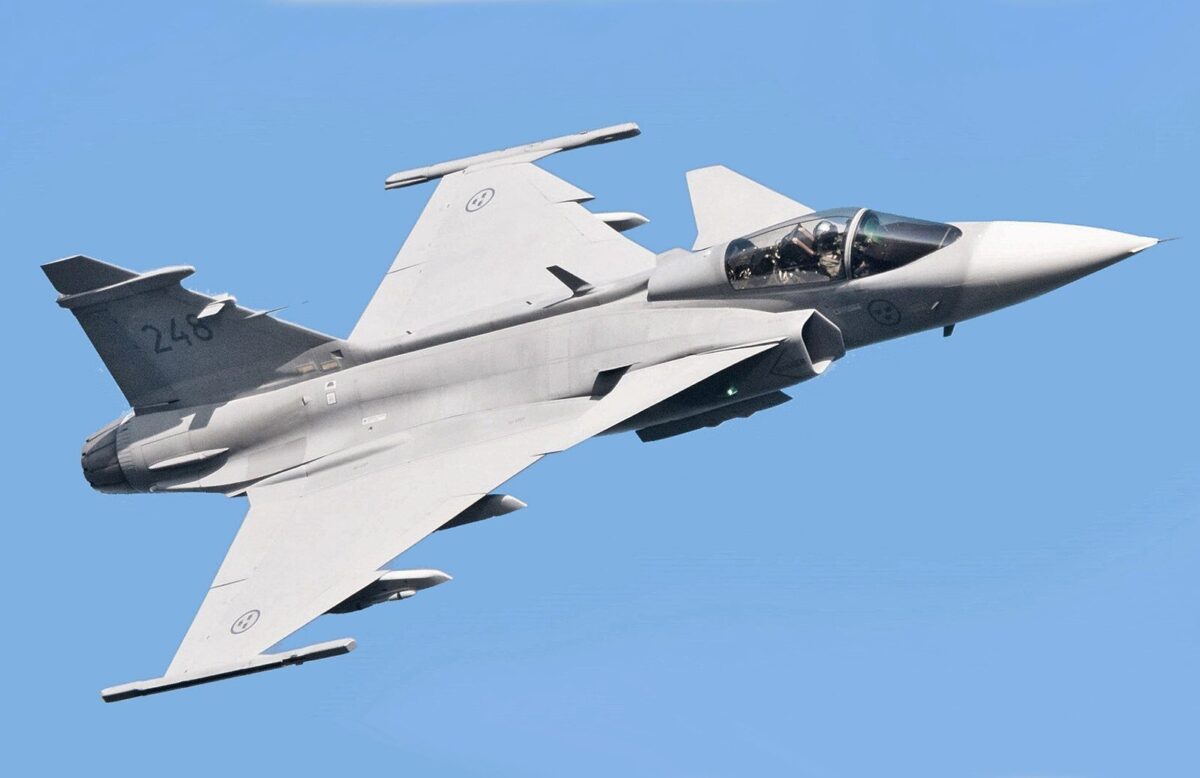
One jet that has been suggested several times in the past is the Saab JAS 39 Gripen. It’s a cheaper aircraft than the Eurofighter or Rafale, but as a 4.5 generation fighter, it incorporates many of the modern functions that would be required in this role. It also has low maintenance requirements and can operate from short runways. However, the Gripen E costs around $85 million, which could make it too pricey for the budget.
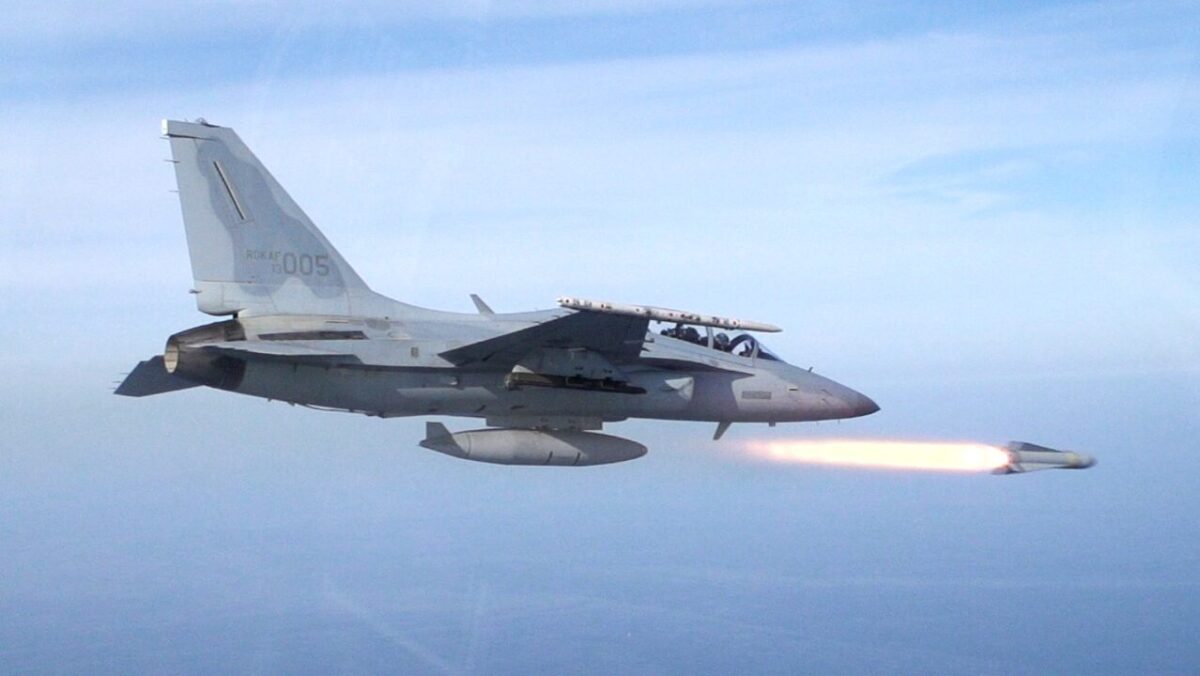
The cheaper KAI FA-50 Golden Eagle is around half the price at $40 million, and while it doesn’t have all the bells and whistles of the Gripen, it’s a pretty capable interceptor. Its top speed of Mach 1.5 would make it easy to catch up with a Russian Bear, although its weapons and radar are somewhat limited.
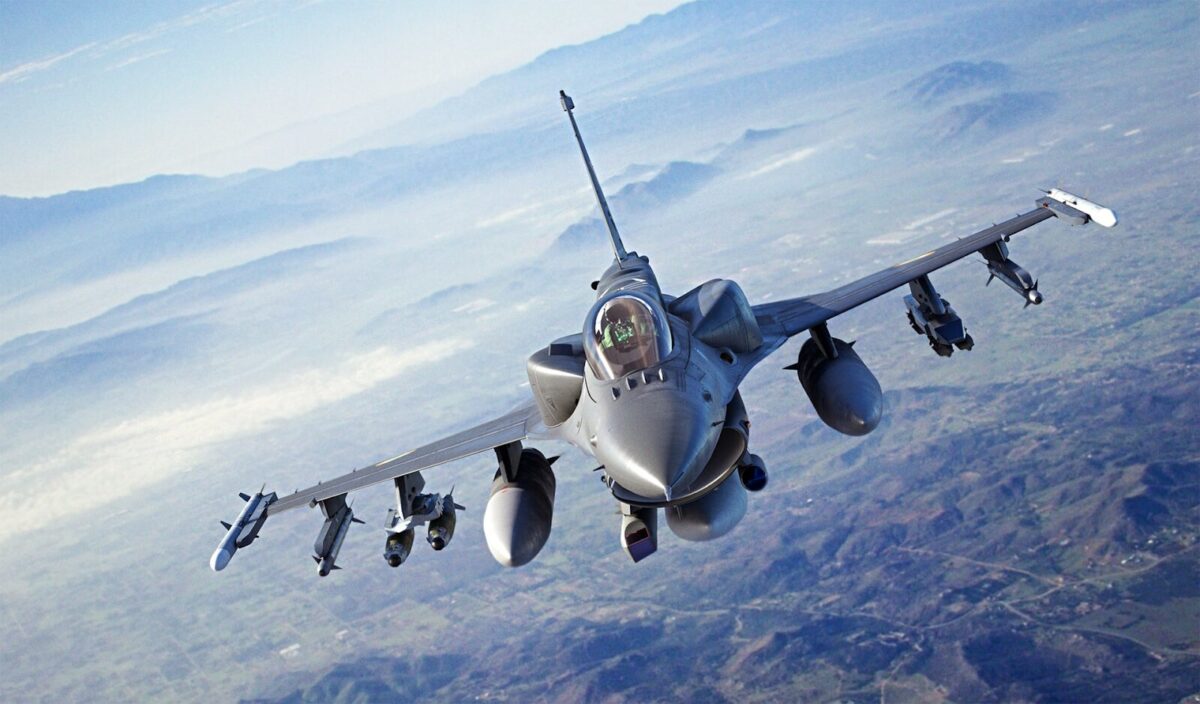
If Ireland were to look at second-hand jets, the F-16 Fighting Falcon could be a good shout. As a fourth generation fighter, it has a top speed of Mach 2.05 and enough range to cover all of Ireland’s airspace. Several European states still operate F-16, although it has recently been retired from service in Denmark and the Netherlands.
It’s likely to be some time before Ireland’s choice of future fighter becomes clear, but even beyond that, it will be a long road to entry into service. The most likely place for a base will be Shannon, given its long runway and strategic location, with pilot training taking place overseas. Nevertheless, Ireland is taking strong steps towards having its own fighter jets once again, for the first time in 25 years.

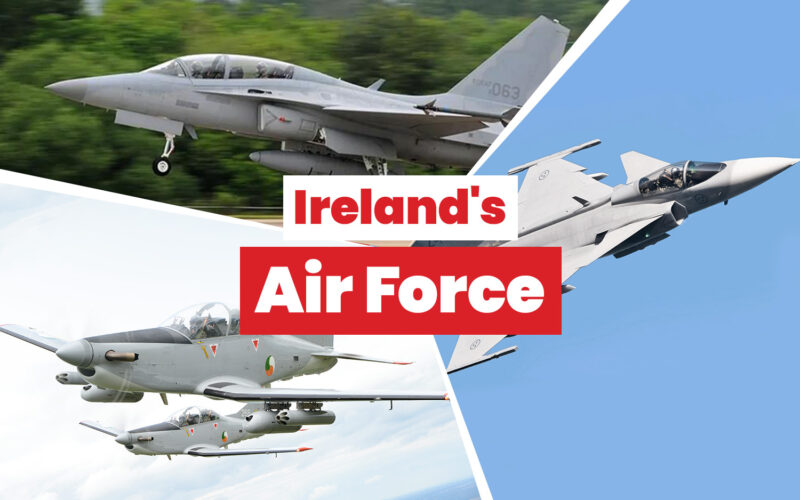
16 comments
I think it would put the fear of God in pilots to have to fly a single engined fighter 70miles plus over the Atlantic ocean.For approx 40 million,the best fighter I think would be the twin engined Leonardo 346fa.It has an endurance of 4 to 5 hours approx.
M346 is subsonic and not capable of intercepting an unresponsive aircraft or fulfilling a air policing function.
Textron Scorpion jet is an excellent choice. Low purchase cost ,low running cost are low. Versatile to fit with weapons.
Ideal for small areas like Ireland.
Also join Nato and step up to the plate rather than rely on other Nations.
They flew Spitfires post WW2 not Hurricanes I tought.
Both
You need at least 3 submarines patrol. to prevent an active attack on cables under the sea …really submarines are more important ..that fighter jets .
Jet fighters are not the answer to any situation a small island with limited resources faces.. strategic placement of anti aircraft systems..drones, drone training for defence forces and volunteers…
President Trump has definitely shaken things up a bit
I would strongly recommend Bayraktar Kizilelma UCAVs. The limited funds are the main issue here, and the Kizilelmas could be bought, maintained, and operated with the fraction of what would have to be spent for very-soon-to-be-outdated 4.5 generation expensive Gripens. I’m pretty sure that the manufacturer of Kizilelma, Baykar, will get out of their way to make this happen and provide the best service, products, and training; closing such a sale would be ultra prestigious for them to, a win win situation for all parties involved. Kizilelma will come with stealth capabilities, especially when the new upgraded engines are installed. Also, many more upgrades are on the way, which all would be in Irish Air Corps’ service. Just imagine, how scary would be to see a couple of Kizilelmas appearing by your wing of you were the crew of a TU-95. The back gunner of the Russian Bear wouldn’t have any pilots to wave at either – another advantage over the Gripen!? Such a UCAV fleet will upgrade Irish Air Corps to a very special league of deterrence. This solution might as well work much better than any manned solution. We’re in 21st Century for heaven’s sake!? Thank you for reading and good luck Irish Air Corps; I salute you.
Ireland 🇮🇪 spends €2.6 billion in overseas aid, €1.3 billion in accommodation for those seeking international protection and €6.5 billion on the 33,000 NGO’s operating in Ireland, we need to do a serious DOGE on what is getting this money surely they could shave the €100 million per year to provide fighter cover
What are we defending! Spuds and turf ! Get real , we took the SAR sea air rescue was taken away from the Aircorps and gave it to some private company! Who’s track record is not great!!
We definitely do not want to join NATO! Cost the country billions that we can’t afford! Also keep triple lock for safety for our UN personnel!
A detailed evaluation of the strategic requirement dictated by Government is needed before selecting aircraft. If Ireland wants to control its skies then there is an implied equipment list that includes hardware beyond that associated with the chosen fighter. Radar, secure comms, airfield defence capabilities other infrastructure etc. Then what of anti shipping, recce, night EO and other capabilities ? The F-16 has enormous versatility in all arena’s, and the PC-9M has some software (limited) commonality with the F-16. This could be an enormous capability shift for the IAC, the likes of which they will never have experienced. I know they’ll tread carefully. Good luck in the process folks.
We are a joke we need radar and jets in today new world.We are the back door for Russia to walk in and we have no protection.Government needs to stop talking and get action we are always talking and never seems to get a decision.Why would the Brits want to help us if we are not doing it ourselves.Things got change and Quickly.
HAL Tejas maybe
American here, and let me be the first one to tell you that Ireland should ABSOLUTELY stay away from U.S equipment. Our equipment is very expensive and have pretty high ops/maintenance costs, plus its more difficult to field quickly; just take a look at the F-16s in Ukraine. With a €2.5 billion lifetime ceiling I think it would be more prudent for Ireland to pursue FA-50 Block 20 fighters(AIM-120 compatible), and if possible 2 modest AWACS platform (Like a Saab 340 Erieye AEW). This would give Ireland a balanced, scalable air sovereignty capability while staying under or close to the €2.5 billion budget…although I do think they should up it to €3.2 billion especially when you take armament and training into account. Anyway just a Yank’s 2 cent. Rooting for you guys!
I can’t see American equipment being relied upon. Political non-starter – even if they were affordable. Unfortunately, there’s something American in nearly everything on offer.
An important consideration is that there is really no actual ‘air defence’ requirement; what’s needed is an air policing capability, to identify and track uncooperative and transponderless aircraft in international airspace adjacent to sovereign Irish airspace. Your suggestion of a modest AWACS platform is spot on.
This is not a new requirement. In the early Sixties a nearly new Aer Lingus Boeing 720 (18042/EI-ALB) suffered serious structural damage avoiding a Bear soon after takeoff from Shannon. The 720 was left with a permanent set in the fuselage and never flew straight again. It was sold onto the US charter market soon after, where the loss in performance was less of an issue. This is the real threat to Irish airspace; Bears playing silly buggers, risking collisions and deliberately disrupting civil aviation activity. The realistic requirement is to identify, document and track this activity in international airspace for which Ireland provides civil ATC.
If fighter jets are eventually to be procured, an Air Force has to be established first. Experience of the problem domain is in very short supply and simpler interim type to work around and act as a model operational aircraft is needed – something like a BAe Hawk, perhaps secondhand and probably on a lease. This would allow the development of the infrastructure – physical (not just alert facilities but establishing air-to-air firing ranges and other training airspace) and procedural (like how to deal with a scramble from a busy civil aerodrome into busy airspace). Old hat for some countries but entirely new to Ireland.